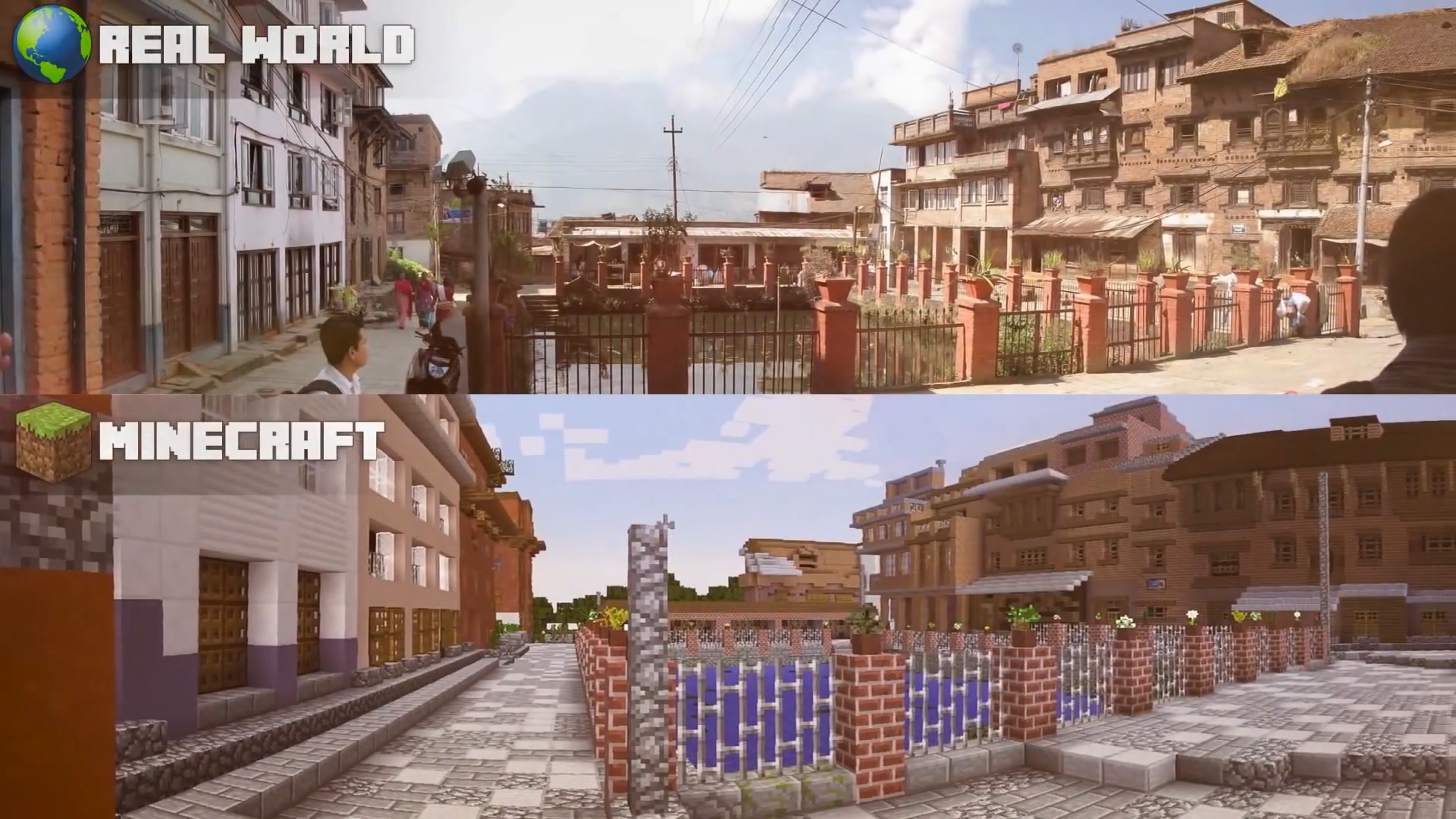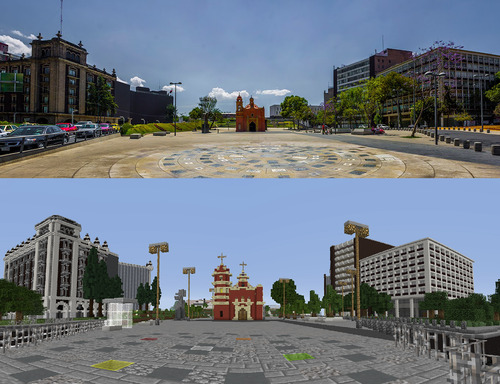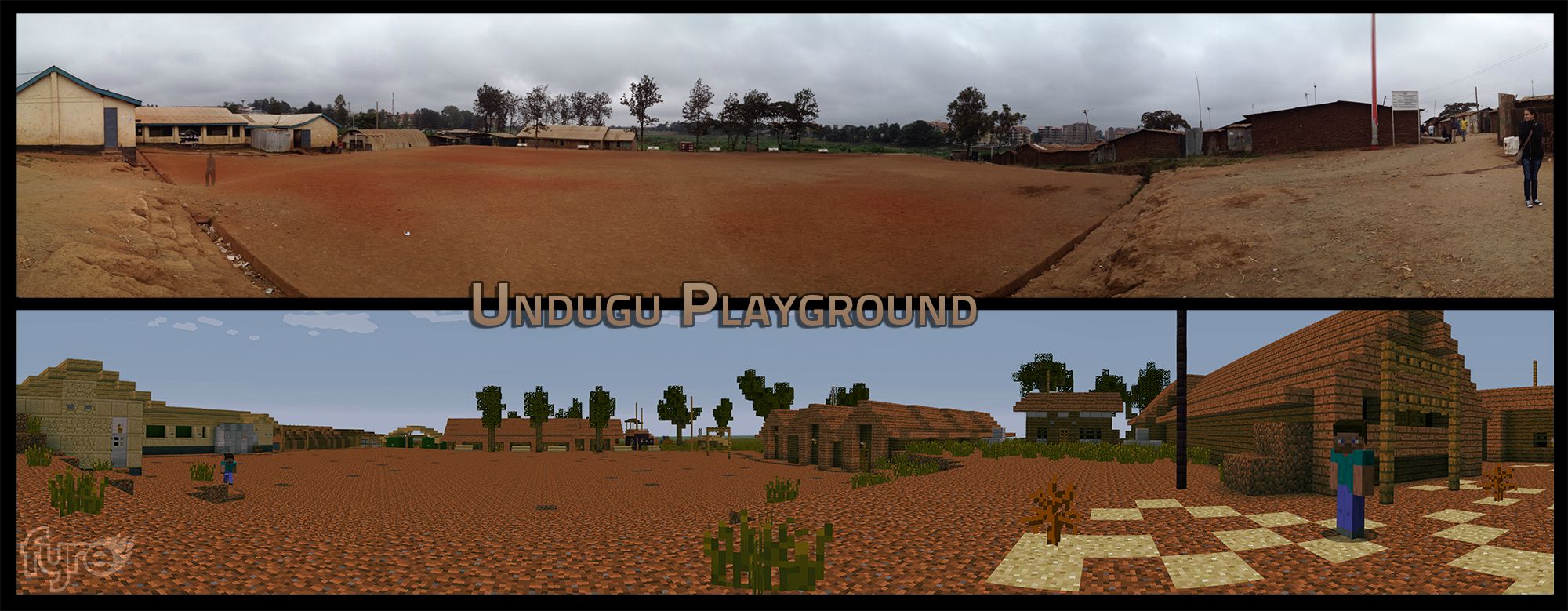Games for Cities
Block by Block (2012)
various locations
Developed by:
A public space design project that uses Minecraft to empower citizens with a design method and language for physically changing their own local public spaces

Block by Block is a project that uses the Minecraft platform as a community participation tool in the design of urban public spaces, with the purpose being to raise funds for the improvement of public spaces worldwide with a particular focus on poor communities in developing countries. This global project is a direct extension of the Swedish project, My Blocks (Mina Kvarter), which showed success on housing development projects. The increase in project scale has been driven mainly by collaboration with Microsoft and UN-Habitat, and a commitment to using the tool for realising their Programme for Sustainable Cities and the Global Public Space Programme that is a component to this. Block by Block uses Minecraft to involve poor communities in the design of public spaces worldwide. Through a series of workshops, residents redesign their public spaces using Minecraft, and then present their work to city officials. The aim of the project is to improve public spaces across the world, focusing on demonstration projects and developing city-wide public space plans. Currently the Programme is working in 35 countries across Africa, Latin America, Asia and Europe.
The Minecraft platform has proven to be a great way to visualise urban planning ideas without necessarily having architectural training. This makes it a great tool for involving people in urban design processes, particularly youth, women and marginalised communities. Through participatory design workshops, local communities are encouraged to visualise their ideas in Minecraft, and to then present these to city authorities and local government officials. Community participants are provided with images, plans, Google Maps, a base Minecraft model of the public space, and a Minecraft expert to provide training and support. In groups of 2-4 people, participants then re-design these public spaces over a 2-4 day period, and present their Minecraft models to stakeholders – including urban professionals, policy makers, government officials and UN-Habitat staff. These Minecraft designs are then used as part of the process of implementing real public space improvement projects, brought into technical maturity by architects and urban designers, and funded by Block by Block.
Designing in Minecraft allows people to explore the merits of various design alternatives and to visualise their ideas, providing a way to explore and question new perspectives. Using Minecraft in this way greatly increases participants’ interest in urban design and planning, enables easy-to-use methods of visual expression, provides new ways to influence the policy agenda, and helps to develop skills and networks in a community. The deliberative process also encourages people to develop a broader understanding of the urban environment, and facilitates the improvement of social relations in an actively involved community. Since the project’s start in 2012, the Block by Block method has been applied in nearly 30 locations in 20 different countries.



